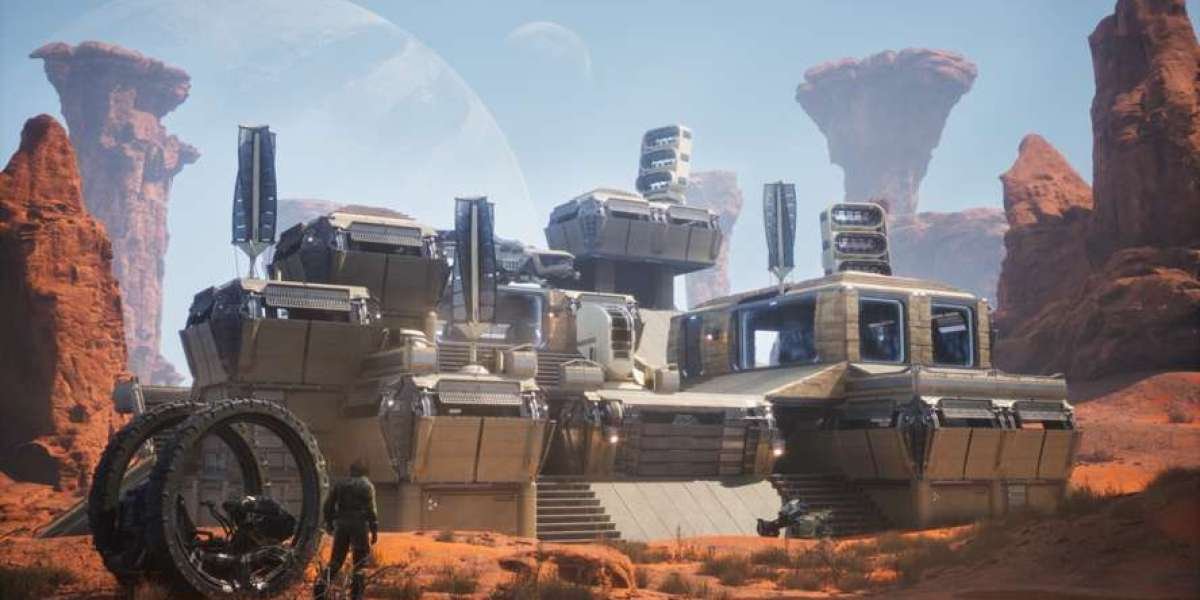EV DC Fast Charger Market Poised to Reach USD 1.67 Billion by 2032 Amid Global Acceleration of Electric Mobility
The Global EV DC Fast Charger Market, valued at USD 830.77 million in 2024, is projected to nearly double by 2032, reaching USD 1,673.68 million at a CAGR of 9.15%. The rapid expansion underscores the world’s transition toward low-carbon transportation solutions, supported by policy mandates, infrastructure investments, and rising EV adoption across consumer and commercial segments.
Market Overview: Transforming EV Charging with High-Speed DC Technology
Electric Vehicle Direct Current (DC) fast chargers represent a crucial breakthrough in EV charging infrastructure. Unlike AC chargers, DC fast chargers convert AC power to DC within the charger itself, enabling direct and rapid charging of the vehicle battery. This technology slashes charging time to 25–30 minutes, making it ideal for long-distance travel corridors, commercial fleets, and high-traffic public charging stations.
The market is gaining momentum as governments prioritize decarbonization, EV manufacturers expand product lines, and consumers demand faster, more reliable charging options.
Access your free report sample — uncover the top-performing segments today:https://www.maximizemarketresearch.com/request-sample/75599/
Market Drivers: What’s Powering the Surge?
- Rising EV Adoption & Climate Commitments
Countries worldwide are pushing for net-zero emissions, driving rapid EV penetration. As electric vehicles replace combustion engines, the demand for dependable, high-power charging infrastructure rises in parallel. DC fast chargers serve as the backbone of this ecosystem—essential for alleviating range anxiety and supporting long-distance mobility.
- Need for Rapid, Long-Distance Charging
The shift from urban commuting to long-range EV adoption is boosting reliance on fast charging technologies. Highways, expressways, retail hubs, and commercial depots are increasingly equipped with 100–200 kW and 200+ kW DC chargers, supporting both premium passenger EVs and electric fleets.
- Global Policies Supporting Zero-Emission Mobility
Government initiatives—from India’s FAME II, China’s NEV roadmap, to the EU’s AFIR regulations—are incentivizing the installation of high-speed charging corridors. These policies are directly linked to increased deployments of public DC fast charging stations.
Market Challenges: Obstacles Hindering Expansion
Despite strong growth prospects, several barriers remain:
- High Infrastructure Cost
DC fast charging stations require advanced insulation systems, high-capacity grid connections, thermal management systems, and elevated safety controls—resulting in significantly higher installation costs than AC charging.
- Grid Dependency & Upgradation Needs
Fast chargers draw substantial power, straining existing electrical infrastructure, especially in developing economies. Grid modernization, energy storage integration, and renewable energy pairing are essential but expensive.
- Evolving Business Models for Charging Service Providers
As renewable energy and distributed energy models grow, charging network operators must recalibrate their energy pricing, load management, and service strategies to remain competitive and profitable.
Segmentation Analysis
By Type
- CHAdeMO – Expected to record strong growth due to its high-power capabilities and widespread Asian adoption.
- SAE Combo Charging System (CCS) – Growing rapidly in Europe & North America as the preferred standard.
- Supercharger – Primarily driven by Tesla’s expanding charging ecosystem.
By Charging Power
- 100–200 kW (Leading Segment) – Ideal balance of installation cost and charging performance, driving mass adoption.
- Above 200 kW – Expanding for high-speed applications and fleet segments.
- Below 100 kW – Used for urban, commercial, and small-to-mid EVs.
By End-User
- Public Charging Stations – Expected to dominate, fueled by highway electrification and government-funded installations.
- Home Charging Units – Growing gradually but constrained by infrastructure and grid limitations for DC charging.
Access your free report sample — uncover the top-performing segments today:https://www.maximizemarketresearch.com/request-sample/75599/
Regional Insights
Asia-Pacific: The Undisputed Leader
APAC holds the largest market share, driven by:
- aggressive EV policies in China, India, Japan, and South Korea,
- expansion of public charging networks,
- rapid penetration of electric two-wheelers, three-wheelers, and passenger cars.
China alone houses leading EV manufacturers and charging companies, adding thousands of high-power charging stations annually.
Europe: Strong Policy-Driven Expansion
Europe benefits from:
- strict emission regulations,
- coordinated cross-border charging corridor development,
- strong presence of Tier-1 automotive OEMs.
Countries like Germany, the UK, France, Sweden, and the Netherlands lead deployment.
North America: Boosted by Federal & State Incentives
The U.S. market is growing rapidly due to:
- the National Electric Vehicle Infrastructure (NEVI) program,
- Tesla’s expanding Supercharger network,
- rising adoption of CCS standards.
South America & Middle East: Emerging Opportunities
These regions show early-stage growth, supported by EV imports, tourism sector electrification, and public infrastructure modernization.
Competitive Landscape: Key Players Shaping the Future
The EV DC Fast Charger ecosystem features global giants and specialized innovators:
- Tesla Motors, Inc.
- ABB
- Siemens AG
- Bosch Automotive Solutions
- BYD Auto
- Schneider Electric
- Tritium Pty Ltd
- Circontrol
- Alfen N.V.
- GS Yuasa Corporation
- NEC Corporation
- Signet EV
- XCharge
- BTC Power
- Star Charge
- Efacec Electric Mobility
These companies are focusing on:
- ultra-fast charging (350 kW+),
- grid-responsive solutions,
- renewable energy integration,
- modular charging equipment,
- fleet charging optimization.
Future Outlook: Where is the Market Heading?
The EV DC fast charger market is expected to accelerate further due to:
- rising adoption of electric trucks and buses,
- expansion of autonomous EV fleets,
- integration of AI & smart energy management,
- pairing with solar + storage for off-grid charging.
By 2032, DC fast charging corridors are projected to become standard infrastructure worldwide, supporting the mass shift to clean mobility.
Conclusion
The EV DC Fast Charger Market is on a strong upward trajectory, driven by global electrification efforts, increasing EV ownership, and a surge in long-distance travel needs. Despite infrastructure and cost challenges, rapid technological advancements and strong government initiatives continue to propel the market toward a sustainable, high-growth future.
The decade ahead will witness a breakthrough in ultra-fast charging technologies, interoperability, and energy-efficient designs—positioning DC fast chargers as the centerpiece of global electric mobility.



